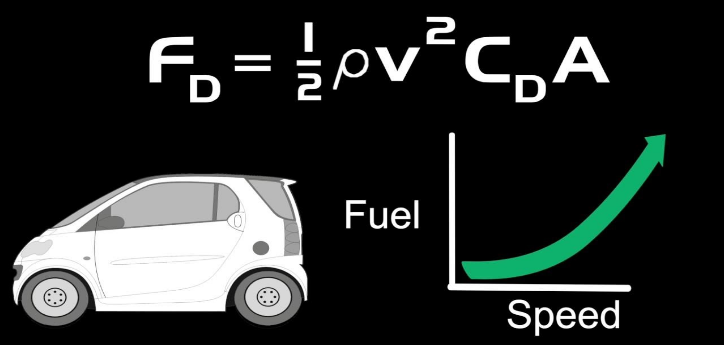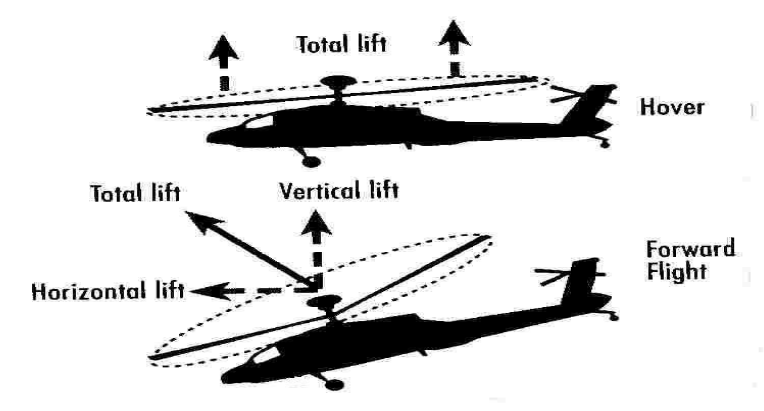The answer seems pretty obvious, right? Yeah, duh, it has to be a helicopter. But wait, what if I tell you, you are wrong. The correct answer is the fastest car. To know more about it, head out to the blog.
If someone asks you which one’s faster, a car or a helicopter, the first thought that comes to your mind is a helicopter. But that isn’t the correct answer. The Westland Lynx helicopter in 1986 had set a record of being the fastest helicopter with a speed of 295mph/413kph and remains unbroken. In contrast, the maximum speed recorded by a car was 304mh/489kph on August 2nd,2019. Can you guess the car? Yes it is Bugatti Chiron SuperSport.
Why is speed limited to that values?
It’s common to have this question about the speed limits. Let us consider the different reasons for these limitations.
Speed limitations for car
If there is a limitation for the max speed, there has to be some form of resistance acting on the car. The predominant resistance is offered by the air while speeding up. Consider the following equation.

It’s visible that the drag force increases with speed, and hence the faster we go, we experience a larger drag force. At some instant, the drag force will be equal to the maximum force delivered by the engine, and hence we are at the maximum possible speed. The other way to increase speed is by decreasing the drag coefficient and reference area. Air resistance isn’t the only factor limiting the speed. There are other factors like power efficiency of the engine, better traction of the tire and comfort of the driver, etc.
Why aren’t helicopter faster than car
Though there are many hindering factors for the car’s max speed, it is still faster than a helicopter. So what are the factors affecting the speed of the helicopter? Similar to cars, helicopters also have these limiting factors. In addition to that, they have some more.

Let us understand how exactly a helicopter takes off. The helicopter’s blades rotate to generate lift. The lift created should be greater than the gravitational force to move upwards. Once the lift equals the gravity, the helicopter comes to a halt position. To move further, the pilot has to convert the available lift force to thrust by getting the helicopter to an angled position. As you move forward, the rotating speed of the right blade will be faster than the left blade creating a larger lift on the right-hand side. To compensate for this dissymmetry, the angle of attacks of the blades of the left rotator is changed to increase the lift. But there is a limit for the maximum angle of attack. The larger the angle of attack more the airflow separation, which in turn retards the motion of the object. Hence there is a speed limit based on the factors mentioned above.
Ahhh, yes, too much of a theoretical aspect. Let’s just wrap it up.
Conclusion
By now, we know which one’s the fastest, but to make things clear, the word fastest literally means the maximum speed achieved by the individuals. It doesn’t consider the practical applications to reach from one point to another point. If that’s the case, the helicopter would be faster than the car, thanks to us for creating such heavy road traffic. Also, we never know we may build a faster helicopter in the future.
Thank You
Refereneces
https://fighterjetsworld.com/wp-content/uploads/2018/05/top-gear-chopper-crash.jpg
https://i.ytimg.com/vi/SyZu744vQXg/maxresdefault.jpg
https://qph.fs.quoracdn.net/main-qimg-e110054b5d0b6088e268ce3f8c41b299-c
https://subtitlelist.com/en/Fastest-Car-vs-Fastest-Helicopter-Which-is-Faster-36358
https://www.popularmechanics.com/science/math/a16842869/fastest-car-fastest-helicopter/
https://auto.howstuffworks.com/car-driving-safety/safety-regulatory-devices/speed-limiter1.htm


